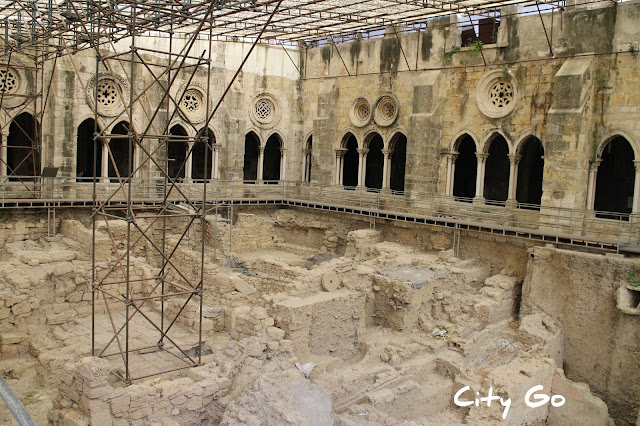Utrecht, Netherlands
There is some evidence that Utrecht was inhabited since the Stone Age. However, the founding of the city has always been related to the construction of the Castellum Traiectum in Roman times, decided by Emperor Claudius in 47 AD, to protect the Northern border of the Roman Empire, the River Rhine. Traiectum became the Dutch Trecht to which the prefix "uut" (downriver) was added to form Utrecht.
Following waves of attacks from Germanic tribes, the Romans eventually left between 275-300 AD. In 695 the Anglo-Saxon missionary Willibord arrived in Utrecht where he founded two churches- the Church of Saint Martin and the Church of St. Salvator. The arrival of Willibord is usually considered to be the beginning of the Bishopric of Utrecht, which later grew to become the most important religious centre of the Northern Netherlands.
In the 9th century, during a pillaging journey, the Vikings attacked Utrecht and destroyed the city's gates and walls. Nevertheless, by 1122 Utrecht was already an important trade centre in the Northern Netherlands and Holy Roman Emperor Henry V granted the city a charter.
In 1254 the current Dom Church started being built after the original one was destroyed by fire.
In 1529 the Holy Roman Emperor Charles V commissioned the construction of Vredenburg, a castle intended to keep Utrecht citizens under control. This castle was destroyed a few decades later after the Spanish troops were forced to retreat and in 1579 the Treaty of Utrecht was signed. In this treaty, a number of towns and districts- Zealand, Holland, Utrecht, Ghent and Bruges- agree to march against the Spaniards and settle their religious differences. It is considered to be the beginning of the Dutch Republic.
In 1672 the city temporarily fell to the French Invasions and two years later it suffered significant destruction after being struck by a tornado.
In 1713 the War of Spanish Succession was settled in Utrecht.
More on Utrecht:














Comments
Post a Comment